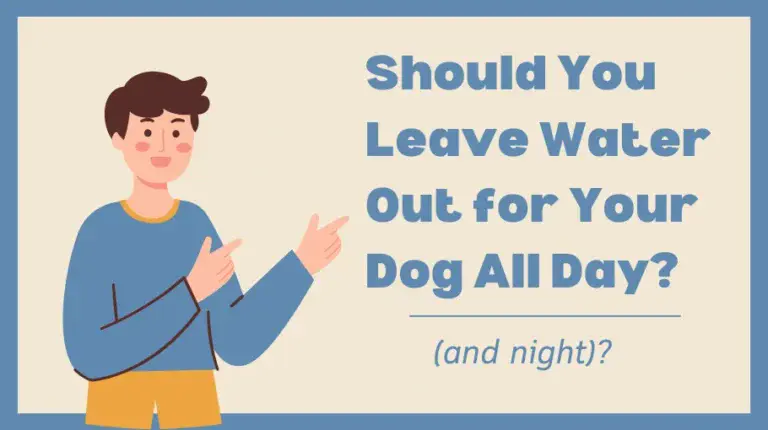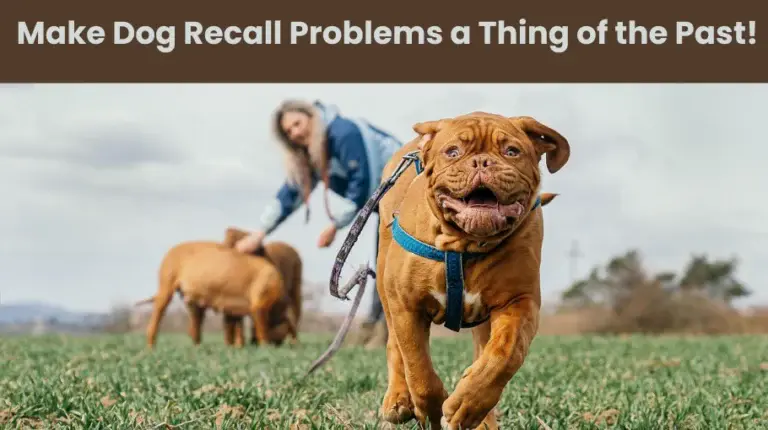What To Expect From Dog Socialisation Classes

Dog socialisation classes teach dogs how to behave around people and other animals while helping owners manage their dog’s behaviour in real-world situations.
The Real Value of Dog Socialisation for All Ages and Breeds

Socialisation is essential for all dogs, whether puppies or adults. Early socialisation, after vaccinations, shapes behaviour, but it’s never too late for older dogs to improve. With patience, even poorly socialised dogs can learn to stay calm in new situations.
Socialisation reduces anxiety, prevents reactive behaviours like barking or lunging, and helps dogs focus and obey in distracting environments. It also provides an outlet for excess energy, reducing stress-related behaviours like barking, chewing, or pacing.
For older dogs, socialisation reduces anxiety and aggression, making them more confident in new situations. Overall, it strengthens the bond between dog and owner, improving communication and helping dogs navigate the world with better manners and less stress.
The Problems that Can Stem from a Lack of Socialisation

Dogs that aren’t properly socialised often struggle in everyday situations. They may be fearful of new people, anxious in busy places, or overly reactive around other dogs. Some develop habits like barking at visitors, pulling on the lead, or showing aggression due to stress.
While training can help, it’s easier to prevent these issues by starting socialisation early.
If your dog barks at visitors, lunges at other dogs, or acts anxious in new situations, socialisation classes can address these problems by teaching your dog how to behave calmly in real-world scenarios.
How Socialisation Classes Help

These classes address the issues dogs face when they lack exposure to new environments and experiences. In class, dogs learn to stay calm and confident around new people, animals, and distractions. This helps prevent anxiety, fear, and reactivity.
Learning can be tiring for dogs, especially high-energy breeds like Staffies. After just a few weeks, they often go from being hyperactive to lying down or sitting calmly until it’s their turn for attention.
Classes also reinforce obedience and focus, teaching dogs to listen to their owners even amid distractions.
Group Classes vs. Solo Training

Many owners try training at home with books or online videos, which are great for basic commands. As the training progresses, instructions get stacked, working toward your dog knowing all of the most important commands dogs need to master. However, real-world distractions—like other dogs, people, and noises—are harder to replicate at home. In group classes, dogs learn impulse control in a stimulating yet controlled environment.
Each dog gets individual attention despite the group setting. Training begins on a lead, and as dogs show calmness, off-lead training may begin. Only one dog is off-lead at a time, with others remaining leashed to avoid chaos and to allow trainers to focus on individual needs. Since people in the group may have different goals (basic obedience, correctional training, etc.), regular attendance is key.
Dogs learn to stay calm with familiar faces and adapt to new dogs in the class. Although each dog may only get 10 minutes of one-on-one training, the overall experience helps them stay calm in various situations.
Class Size and Availability
Most classes accommodate up to eight dogs per trainer, though class sizes may vary. Walk-in classes often have a lead trainer with assistants to help manage larger groups. Classes with one trainer typically require booking to avoid overcrowding, as too many dogs can reduce personal training time.
Finding a class may require some effort, as they’re not always local. Some people drive miles to attend, and trainers often rely on word of mouth. Local community groups or recommendations from dog owners in popular walking areas can help you find nearby classes.
How Long Does Progress Take?
Progress takes time. Even with weekly classes, dogs need daily training to reinforce good behaviour. Consistency is essential. Some behaviours take longer to correct, especially if a dog had little socialisation before.
Factors like hormones can also affect reactivity. For example, one highly reactive dog in our class calmed down significantly after neutering. Trainers can offer guidance on specific behavioural issues, helping owners adjust their approach.
What Happens in Class?
Classes focus on basic commands, recall, and controlled socialisation. At the end of each session, dogs meet on-lead to practice polite interactions. Keeping dogs leashed helps prevent rough play and minimises reactivity risks.
What to Bring

- High-value treats: Chicken is a popular choice. We used chicken breasts cooked and cut into bite-sized chunks (more budget-friendly and enticing than packaged treats).
- Poo bags: Accidents happen. Arrive early to give your dog time to relieve itself before class.
- Cash: Many community classes don’t accept cards.
- Water: Most classes provide bowls, but check ahead.
- Comfortable clothing and shoes: You’ll be standing and moving around during activities.
Booking and Trainer Communication
Some classes allow walk-ins, while others require booking. If your dog is aggressive or highly reactive, let the trainer know beforehand. They may suggest solo training before joining a group class.
What If My Dog Struggles in Class?
There’s no pass or fail. If a dog becomes too stressed or reactive, trainers may suggest stepping outside to let them calm down before rejoining the class. The goal is gradual improvement, not perfection.
Practising Socialisation Outside of Class
Socialisation doesn’t end when class is over. Continue exposing your dog to different people and environments. Include visitors, neighbours, or even delivery workers to help your dog become more comfortable with everyday situations. For example, one of our dogs stopped barking at an engineer working near the fence after seeing I was aware, spoke with the chap, letting the dog know there was no threat.
Alternatives if No Classes Are Available
- Dog walkers: Some organise small playgroups. While not professional trainers, they often have experience with dogs of different personalities.
- Pet-friendly stores: Independent pet stores and some chains like Pets at Home allow dogs inside, providing a good challenge for training.
- Popular walking routes: Meeting other dogs on-lead helps with socialisation. Always ask permission before letting your dog approach another dog.
Questions to Ask Before Attending
- What’s the class size?
- Is booking required?
- Are aggressive or highly reactive dogs allowed?
- Does the class include off-lead training?
- What equipment or treats should I bring?
Final Thoughts

Dog socialisation classes are invaluable for fostering a calm, confident, and well-behaved dog. Whether your dog is a puppy or an adult, these classes prepare them for the challenges of the world they’ll explore on walks with you. The communication between dogs and owners makes walks enjoyable, instead of struggling with a dog pulling on the lead or, worse, chasing after a dog with poor recall.





